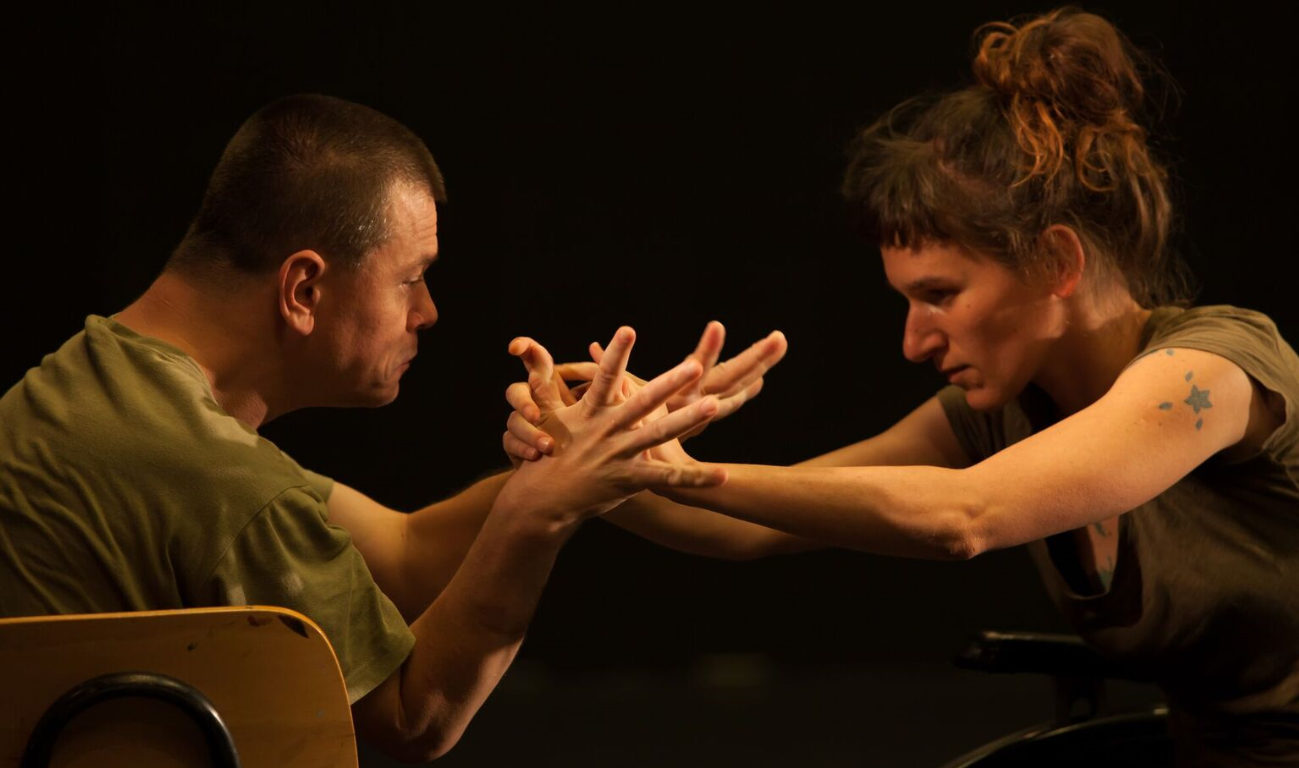People with disabilities are consistently pushed to the back of the media agenda in North Macedonia. In the rare occasion that they do make the news, media seldom elaborates on these topics through longer analysis, and often pushes these reports last. A greater initiative and an additional journalistic engagement are needed for disabled voices to be heard in the media.
These are some of the conclusions drawn by the report “Disability in the Media – Mirroring Perceptions” conducted by the Media Diversity Institute, Macedonian Institute for Media and the National Council of Disability Organizations of Macedonia as part of the Disability: A Matter of Perception project. We monitored nine different media outlets in Macedonian and Albanian and conducted eighteen interviews with representatives of the relevant state institutions and civil society organizations. The number of media products that report solely about disability points out the weakness of the media’s current coverage of this topics. Out of ninety-six media outputs in Macedonian that looked at marginalized groups, only thirty-eight contained content about disability. It is important to remember that the overall number of articles tackling minority issues is already small, making the number examining disability in any meaningful way miniscule. In Albanian media, it is even worse; only six out of eighty media outlets addressing marginalized communities looked at disability.
This exercise shows that there is not enough engagement on the part of the journalists exploring diversity. Not only should they be covering it, but journalists should be approaching the diversity among disabled communities, looking at stories from different angles and consulting a range of different sources of information. As it stands, most disability-related articles fall under health and education section, which is not surprising given that people with disabilities often face challenges in these areas of their lives. However, there were few articles about disability in the culture, politics and sports sections, indicating that more work is needed to ‘normalize’ disability in the media discourse, making it relevant to all citizens regardless of their ability.

Disabled individuals are in the media because of their disability—but not because of the problems they encounter or the social discrimination against people with disabilities. While sometimes they are celebrated for their achievements, they are rarely consulted about an issue that has nothing to do with their disability, pointing to a larger characteristic of their marginalization in the media. Even though there are many guidebooks and manuals on recommended terminology, media (and part of the civil society) still use outdated terms, which exacerbates problematic stereotypes and impacts public perception.
Journalists should produce longer, more in-depth stories that explore the nuances of what it means to be disabled. Media outlets make space for broadcasting these topics, and the diversity that it encompasses. Journalists should also include people with disabilities in different topics, instead of focusing on cases when problems, challenges and achievements are to be highlighted—and there should be more exploration in the media about how disability intersects with other identities, such as race, gender and class.
If media institutions reframed their coverage of disability as one that examined the capabilities of disabled individuals, there would be a greater response from state institutions, citizens and the public about how to respond to discrimination and barriers that disabled people face. To this end, the media also must make sure that its contents are accessible to people with disabilities, and ensure that its physical space, such as offices and newsrooms, are accessible to people with disabilities to ensure that disabled journalists have access to jobs, and opportunities to create this sea change in media coverage.
More training is needed for all journalists to apply best practices for inclusive journalism in the newsroom. To make these values closer to the future journalists, topics related to diversity, and people with disability more particular, should be introduced at the faculties of journalism.
Our research has pointed out the lack of efficient communication between media and civil society and more work is needed that this two stakeholders recognise each other as allies and to develop more effective mechanisms of collaboration. Only with a proactive approach can both media and civil society change the dominant discourse about disability and challenge public perceptions of disability to push the topic higher on policy-makers agenda.
